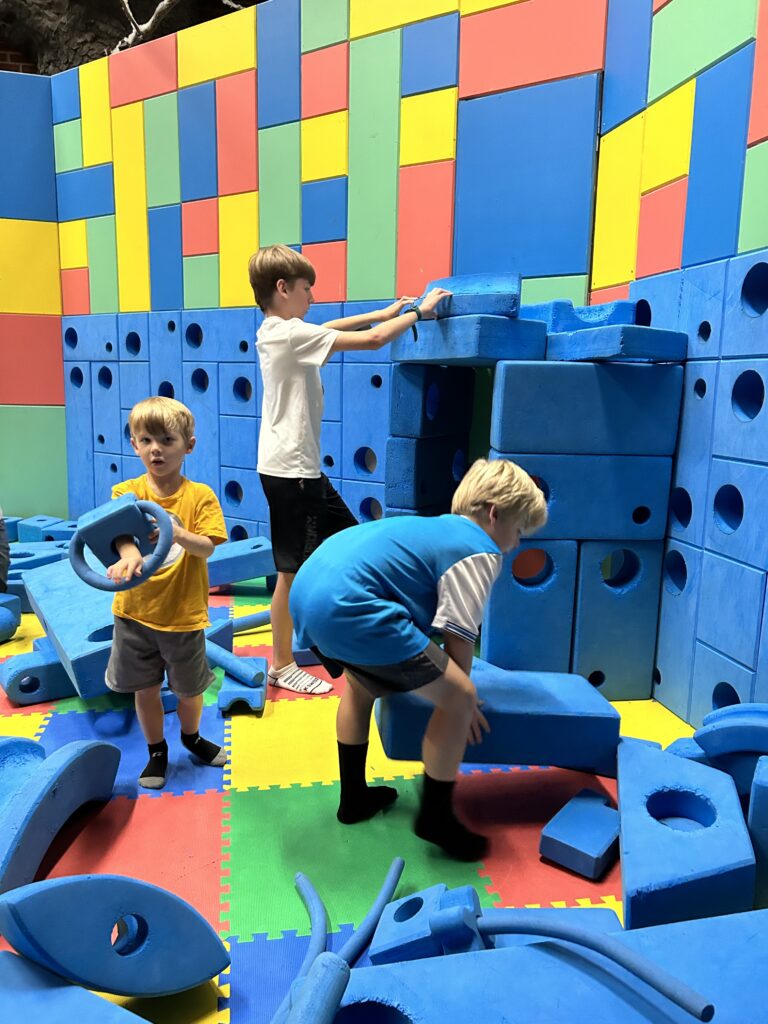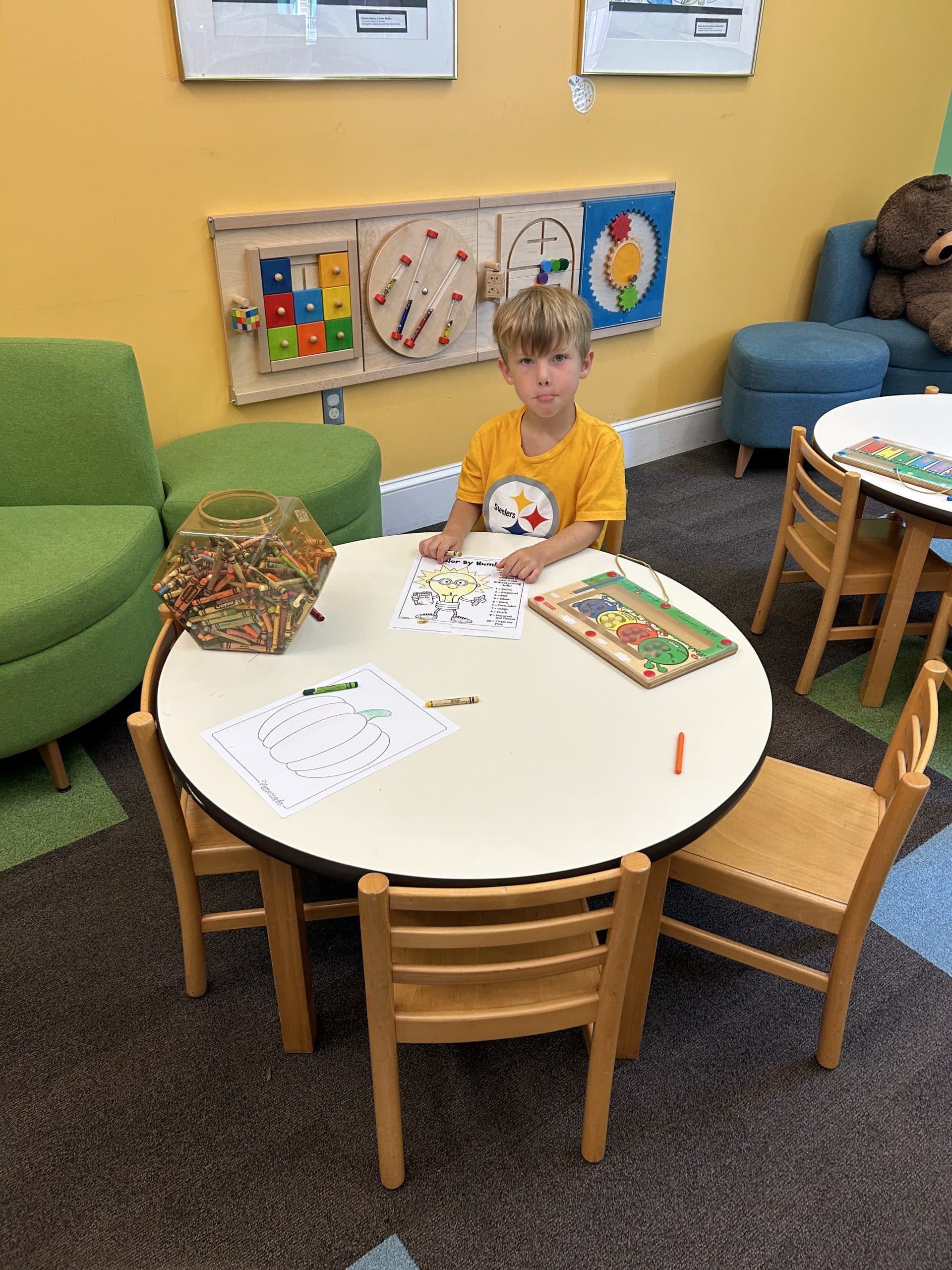Student connections with their school community are a key factor in enhancing their academic performance. When students feel a sense of belonging and attachment to their school, they tend to perform better in their studies, get higher grades, and have better attendance. Moreover, a strong connection with their school reduces the likelihood of students dropping out.
When students feel a strong connection with their school, they are more likely to believe their peers and teachers care about their learning and well-being. This sense of connection can lead to better behavior and a reduced likelihood of engaging in risky behavior. As teachers assist students in establishing connections with their peers, the chances of academic and developmental success increase.
Types of Student Connections
Students need to form relationships with different people such as classmates, instructors, and school leaders. These connections are crucial in creating a welcoming environment that promotes academic and social development for all students. As a result, there are numerous advantages to building these relationships.
- Improved participation and focus lead to increased motivation.
- Students feel a sense of belonging that contributes to their emotional well-being.
- Building strong connections between students and their school community can improve their performance in math and reading.
Building relationships and connections can be a challenging task. Various background factors, such as ethnicity, race, and income, impact students’ relationships with teachers and peers. Unfortunately, these factors are often beyond the control of schools or teachers. However, one crucial factor that makes a significant difference is the principal. Principals play a vital role in students’ educational experiences – influence on the morale of teachers. Therefore, teachers need to have a good rapport with principals so they can teach and support their students effectively.
Benefits for Everyone
Establishing strong and meaningful relationships is crucial for the student’s overall well-being, both physically and mentally. Students who feel like they belong to a community tend to enjoy a longer and healthier life, with a stronger immune system. Conversely, students who lack social connections are at risk of developing health complications. Social connectedness also plays a significant role in a student’s learning and cognitive abilities, affecting their capacity to acquire new knowledge and skills, as well as their ability to retain and apply what they’ve learned.
- Students who do not feel a sense of connectedness risk being bullied by others.
- Students are likely to be depressed, anxious, lonely, or rejected.
- Substance abuse is a result of a lack of feeling connected to school.
- Often, these students smoke or have weight issues.
- Students are unable to plan, organize, or think ahead.
Social connections play a crucial role in the learning process as they provide numerous benefits to students. When students have social connections, they tend to enjoy coming to school and feel accepted by the school community. These connections create a sense of closeness and comfort with staff and peers. As a result, students feel valued and become part of the decision-making process. They also trust their peers and teachers to help them whenever needed.



